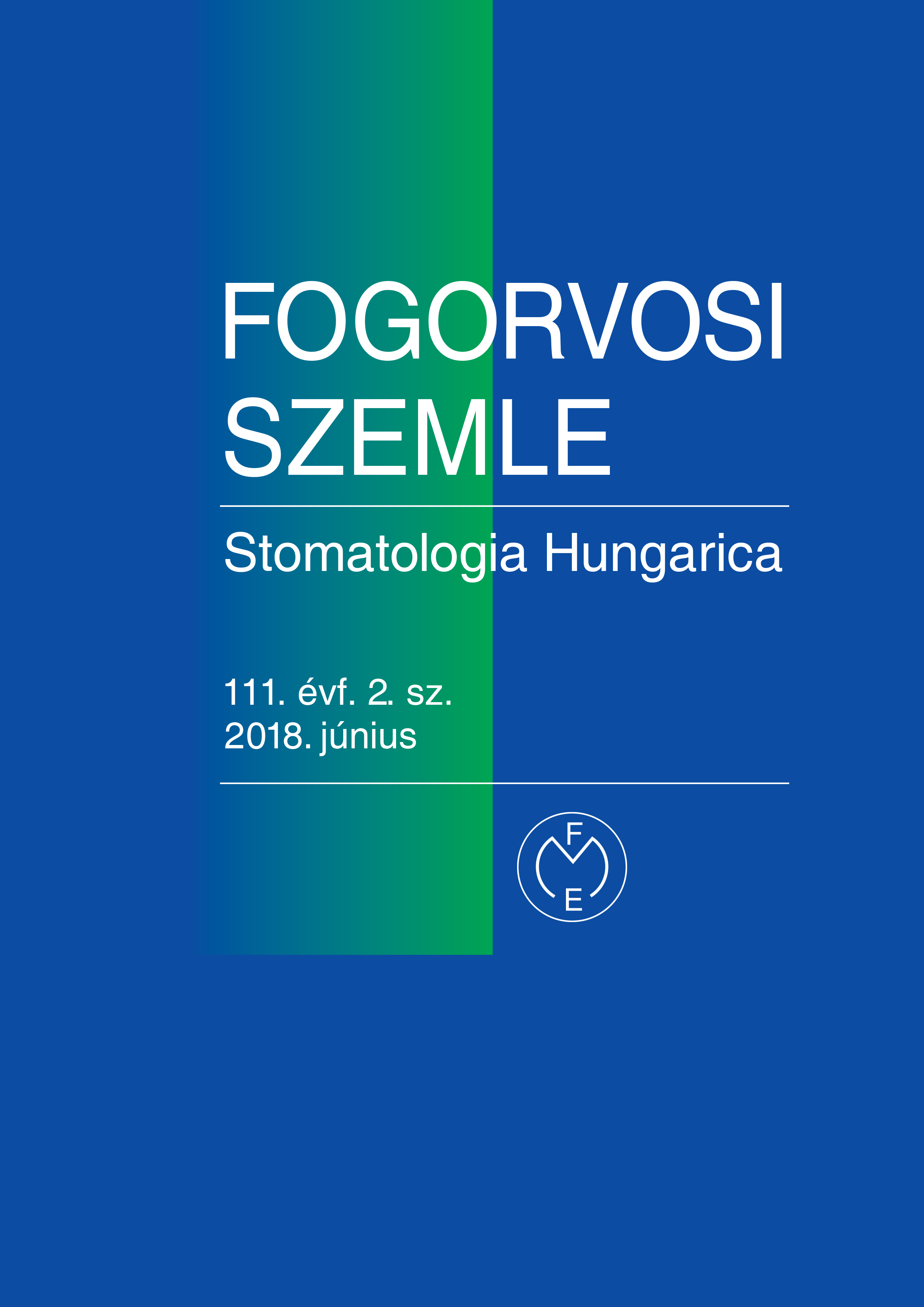A Diagnostic Criteria for Temporomandibular Disorders (DC/TMD) magyar nyelvű változatának létrehozása
Absztrakt
A temporomandibuláris rendellenességek (Temporomandibular Disorders, TMD) a fogorvostudomány komoly kihívást
jelentő, magas prevalenciát mutató betegségcsoportja. A szakemberek között a mai napig sincs teljes egyetértés a TMD
etiológiája, klasszifikációja és kezelése kapcsán, ugyanakkor a páciensek alapvető érdeke, hogy betegségükkel kapcsolatban
valid kutatási eredmények szülessenek. A TMD diagnosztikája jelentős fejlődésen ment keresztül az elmúlt évtizedekben.
A Diagnostic Criteria for Temporomandibular Disorders (DC/TMD) egy 2014-ben publikált, kutatási és klinikai
felhasználásra egyaránt alkalmas rendszer, mely megfelel a bizonyítékokon alapuló orvoslás kritériumainak. A PTE Fogászati
és Szájsebészeti Klinikán felállt kutatócsoport elkészítette a DC/TMD magyar nyelvű változatát, ezzel lehetővé
téve a hazai szakemberek számára, hogy egy nemzetközileg elfogadott diagnosztikus eszközt használhassanak. A cikk
bemutatja a DC/TMD-t és részletezi a munkacsoportunk által végzett fordítási-adaptációs folyamatot.
Copyright (c) 2021 Szerzők

This work is licensed under a Creative Commons Attribution 4.0 International License.


.png)




1.png)



